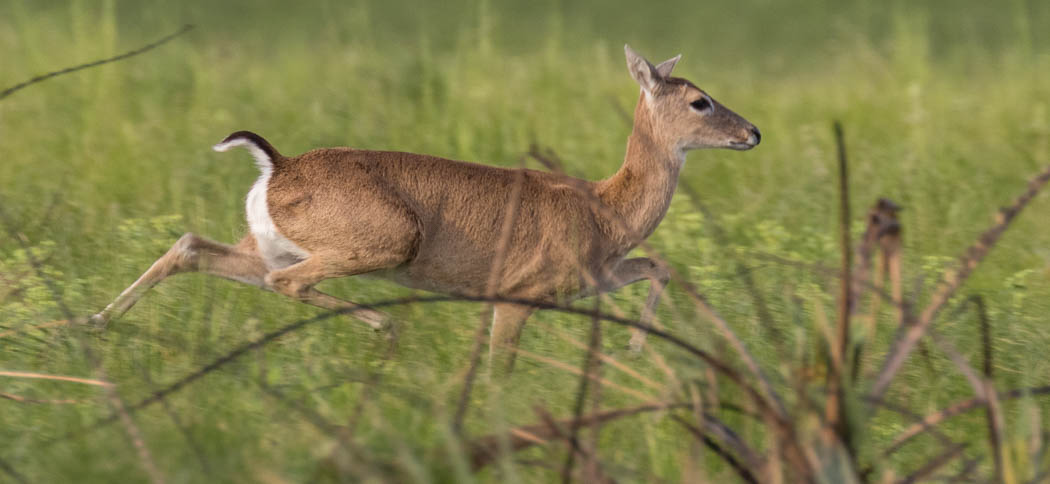
Strange Tails
We're delighted to have a strong population of strange-tailed tyrants at the reserve. So much so that we've adopted these beautiful and endangered birds as the symbol of the Trust
The growing diversity of the animals of Reserva Don Luis is a fresh source of delight every time we return. We don't play favourites, but it's impossible not to engage more with some of our more conspicuous guests. One of these is the strange-tailed tyrant. The male is stoic in his tolerance of one of nature's strangest - and it would seem least practical - adaptations. He's willing to suffer to be beautiful, and somehow manages to fly with tail feathers that were surely designed for a bird three times his size.
We love his perseverance; his resolution to succeed against challenge, and his ability to prove that anything is possible. He's appearing in growing numbers on the Reserva Do Luis, and his success has become an allegory for, and a symbol of, our own.
When we started the process of updating and redesigning our website, we wanted to adopt an image that symbolised our aims and our challenges. This brave little flycatcher, with his indomitable character, was the perfect choice.
The logo is a stylised profile of a male tyrant, silhouetted against the sunrise. We coloured the sun the blue of the Argentinian flag in honour of this country's beauty, its climate and the breathtaking span of magnificent animals that it nurtures.

Bat Research
Our bat team is conducting bat research both in the Ibera Marshes and in other provinces. We are especially concentrating on Misiones at the moment where we find the largest bat in Argentina, Chrotopterus auriitus and Myotis ruber, two species that we are researching.

Pampas Deer
Ozotoceros bezoarticus
The Pampas deer was once very common throughout Argentina but now is confined to three small populations including one in Corrientes. These are small to medium sized deer which are very quick and somewhat like Springboks. They like the open grassy areas of the Pampas and are being threatened by the increasing advance of forestry plantations for which the Argentine government gives grants. They have been driven into a small area under the electric lines which bring power to Buenos Aires from the north and there are no more than about 1000 animals left.
Their range is from Central Brazil, SE Bolivia, Paraguay and NE Argentina. There are 3 sub-species but the Argentine species is the most endangered. They are classed as Near Threatened in the IUCN redlist but critically endangered in Argentina.
Pampas deer have tan fur above with lighter fur on their underside and inside of legs. They have a short tail which is often raised up similar to the White tailed deer. Males can weigh up to 40 kg with females a few kg less. Natural predators are the Jaguar, which is now extant from this area, and the Puma, as well as humans. The Pampas deer is protected in Argentina. CLT are working with this species to help protect it and have succcessfully augmented the population in their private island 'San Alonso'.
They are known as Venado de Pampa in Argentina

